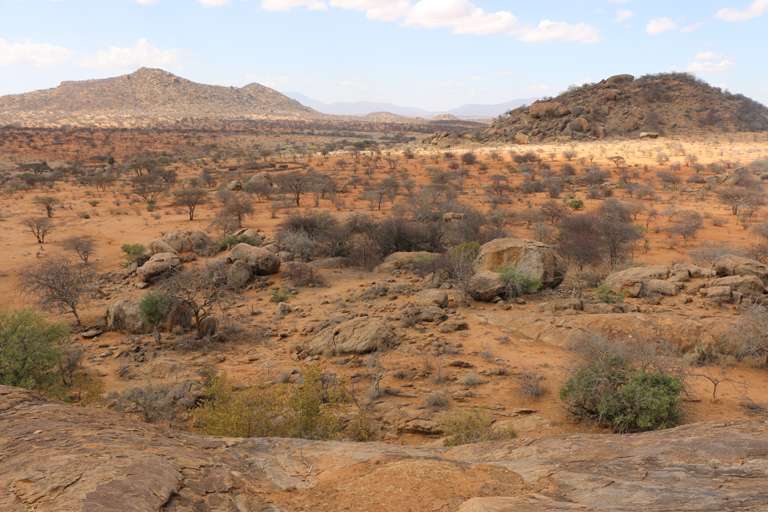The Food and Agriculture Organization (FAO) has signed a $20 million project with the Global Environment Facility and the Government of Cote d’Ivoire as part of the ‘Abidjan Legacy Programme’ to promote deforestation-free cocoa value chains and restore degraded cocoa-forest landscapes in the country.
This partnership was sealed during the week-long Conference by the United Nations Convention to Combat Desertification (COP15) in Abidjan. Addressing land degradation through the restoration of production ecosystems using a holistic, landscape and cross-sectoral approach is crucial for food security and resilience, livelihoods and at the heart of agrifood system transformation,” said FAO Deputy Director-General Maria Helena Semedo.
“We need to take urgent and bold actions to meet the growing demand for food, feed, biofuel, and fibre while conserving biodiversity and reducing the burden on natural resources and ecosystems,” said FAO Deputy Director-General Maria Helena Semedo who is leading FAO’s delegation.
1 billion ‘dryland-like’ hectares is under threat
Also at the conference, a new report titled Valuing, restoring and managing presumed drylands: Cerrado, Miombo–Mopane woodlands and the Qinghai–Tibetan Plateau, which reveals 1 billion ‘dryland-like’ hectares is under threat worldwide, was launched.
The report, confirms the existence of 1,075 million hectares of presumed drylands (which are areas with dryland features and seasonal water shortages), in addition to the 6.1 billion hectares of official drylands (areas of water scarcity) that already cover 41 percent of the planet’s land surface and are home to 2 billion people. Presumed drylands are present across all continents, but most are found in Africa, South America, and Asia, the assessment reveals.

Fidaa F. Haddad
“Presumed drylands are important because many of them are home to a large number of people who rely on the land for their livelihoods, as well as containing significant biodiversity and helping to adapt to and mitigate climate change impacts through tree cover. However, presumed drylands are undervalued, poorly researched, and at risk of becoming real drylands in the near future unless they receive greater attention and investment.”
Invest in more sustainable land and forest management approaches
The report shows that presumed drylands are under threat from unsustainable use, such as overgrazing or deforestation for conversion to agriculture. Exacerbated by climate change, this leads to land degradation and desertification, reduces productivity, and threatens the food security, livelihoods, and well-being of presumed dryland populations.
Recommendations include the adoption of agroforestry approaches, such as silvopastoral systems that combine livestock rearing with the provision of fruits, timber, and carbon sequestration, and more sustainable pasture management approaches, such as grazing rotation schemes.
An economic assessment also underlines the need to create an environment conducive to investing in sustainable activities in presumed drylands. Local and national policies will be key to the success of any initiative aimed at sustainably managing, protecting, and restoring the presumed drylands’ land resources, the report stresses.
“We need to invest in more sustainable land and forest management approaches now rather than later when a greater proportion of land will have been degraded,” said Haddad.
READ ALSO: The Planet on The Brink of Irreversible Global Warming- WMO





















